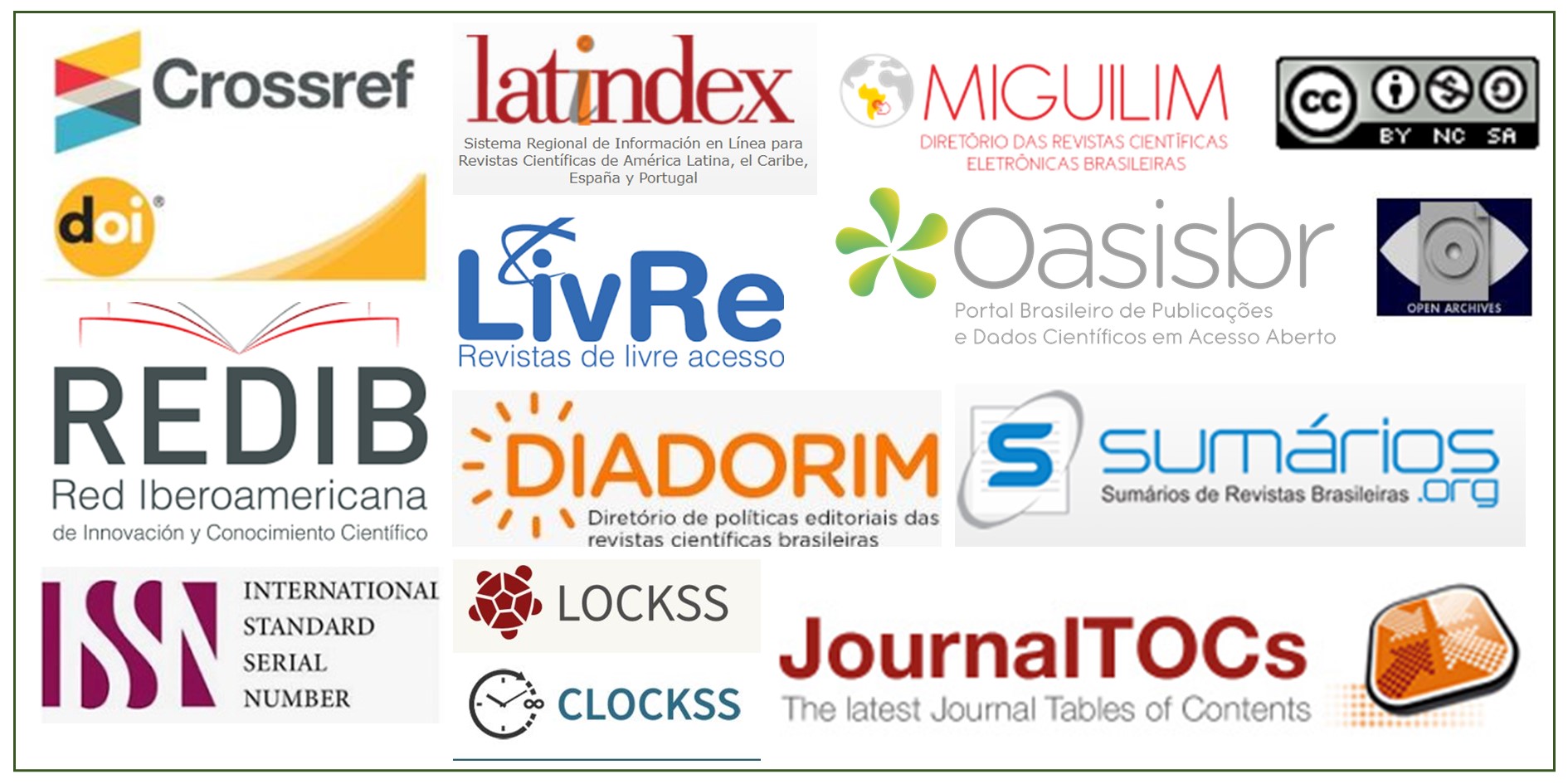Application of silicon increases the productivity of peanut grain
DOI:
https://doi.org/10.17648/sas.v1i1.46Keywords:
Arachis hypogaea L., Beneficial elemento, Ways of useAbstract
The Si supply depending on the application mode that can be applied via root (soil or hydroponic cultivation) and via leaf and can benefit the productivity of peanut plants. Therefore, the objective was to evaluate the effect of the application of Si in the root, leaf spraying and Si via root forms plus leaf spraying in the number of pods per plant, weight of pods and productivity of peanut plants. The experiment was carried out in a greenhouse at UNESP, Jaboticabal, SP, on peanut plants (Arachis hypogaea L.) cultivar granoleico. To carry out the studies, the following treatments were considered: without Si application (-Si); Si via root (Si R) (2.0 mmol L-1) Si via leaf (Si F) (4.0 mmol L-1) and Si via root using nutrient solution associated with the leaf (Si R + F), arranged in randomized blocks with five repetitions. The plants received a nutrient solution from Hoagland and Arnon with 25% of ionic strength throughout the development. The source of Si used was sodium and potassium silicate (113.4 g L-1 of Si and 18.9 g L-1 of K2O), potassium was balanced in all treatments, using potassium chloride. Leaf spraying was carried out in the early morning with a humidity of 70% or more and a low temperature of 25oC. The number of pods per plant, weight of pods and productivity of peanut plants were evaluated. The supply of Si, regardless of the form of application of the element, increased the number and weight of pods and increased the productivity of peanut grains.
Downloads

Downloads
Published
How to Cite
Issue
Section
License
Autores concordam com os seguintes termos:
a) Os autores mantêm os direitos autorais e concedem à revista o direito de primeira publicação, com o trabalho simultaneamente licenciado sob a LicençaAttribution-NonCommercial-ShareAlike 4.0 International, que permite o compartilhamento do trabalho com reconhecimento da autoria e publicação inicial na Revista SAS. A licença permite o uso, a distribuição e a reprodução irrestrita, em qualquer meio, desde que devidamente citada a fonte. Essa licença permite também que outros remixem, adaptem e criem a partir do seu trabalho para fins não comerciais, desde que atribuam a você o devido crédito e que licenciem as novas criações sob termos idênticos.
b) Não cabe aos autores compensação financeira a qualquer título, por artigos ou resenhas publicados na South American Sciences.
c) Os conceitos expressos nos artigos publicados na South American Sciences são de inteira responsabilidade de seus autores.








